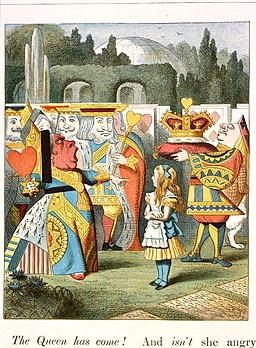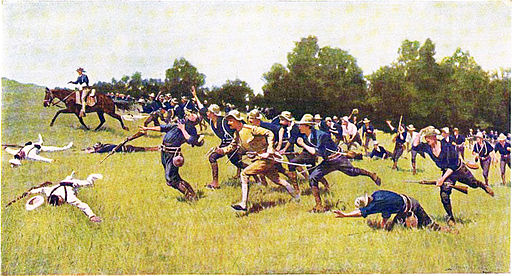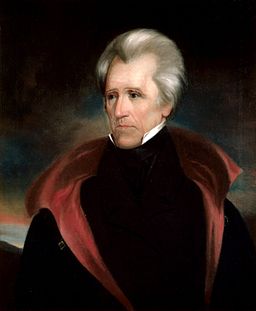The Tariff of Abominations
— excerpt from Article I, Section 8 of the Constitution of the United States.
Southerners called the 1828 tariff which had the effect of raising prices on imported manufactured goods while decreasing income from exported agricultural products the “Tariff of Abominations” because it hit hardest in the South. When President John Quincy Adams signed the bill into law, he assured his defeat by Andrew Jackson in the 1828 election. The 1828 tariff prompted South Carolina to propose the principle of nullification of federal law by the states, and the friction it set up between North and South was instrumental in leading to the Civil War more than 30 years later.

This color version of a John Tenniel illustration is from The Nursery “Alice” (1890), with text adapted for nursery readers by Lewis Carroll from his Alice’s Adventures in Wonderland. From the collection of the British Library. Carroll created in the Queen of Hearts, pictured at left, a model of imperious, irrational behavior.
He and his followers may not fully understand the possible ramifications and unwelcome reverberations of tariffs throughout the United States and world economy. It doesn’t matter to him or to them. What matters is the feeling of appearing to punish the Other for sins real and imagined against Our Kind, and of feeding off negative energy generated by acting on impulse rather than putting in the grinding, hard work necessary to build positively toward equitable trade agreements. It’s a lot of stick, and very little carrot.
From the 1951 film Quo Vadis, directed by Mervyn LeRoy and starring in this scene Peter Ustinov as Nero and Leo Genn as Petronius. Nero probably thought of himself as a stable genius, and had Twitter existed in his time, he no doubt would have used it as a political tool to share his addled observations with the world.
— Vita




